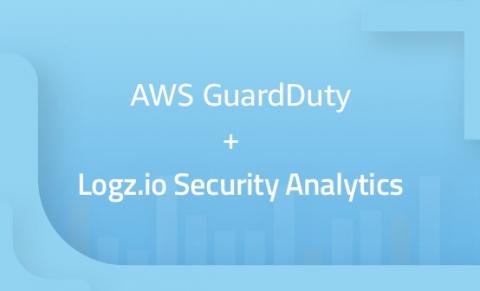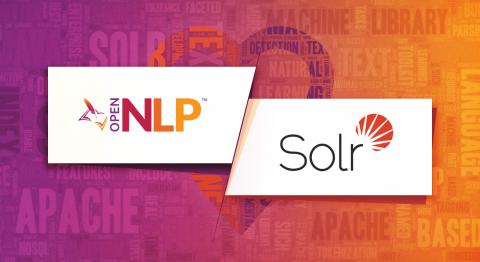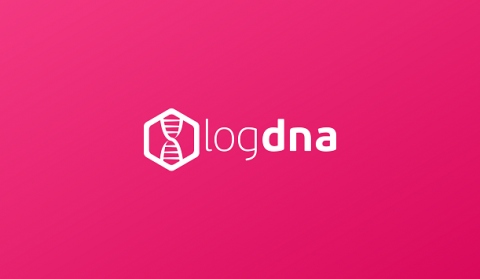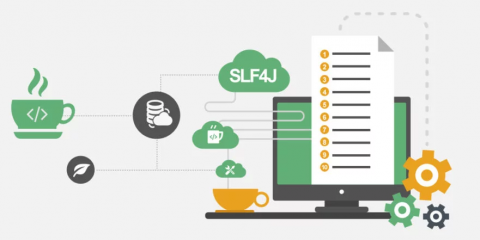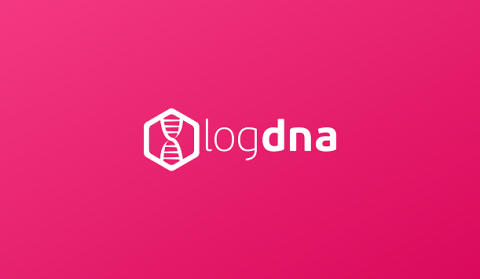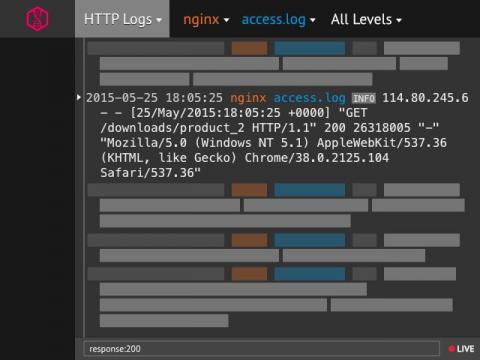AWS GuardDuty Monitoring with Logz.io Security Analytics and the ELK Stack
Last month, we announced Logz.io Security Analytics — a security app built on top of the ELK Stack, offering out-of-the-box security features such as threat intelligence, correlation, and premade integrations and dashboards. In this article, I’d like to show an example of using both the ELK Stack and Logz.io Security Analytics to secure an AWS environment.


